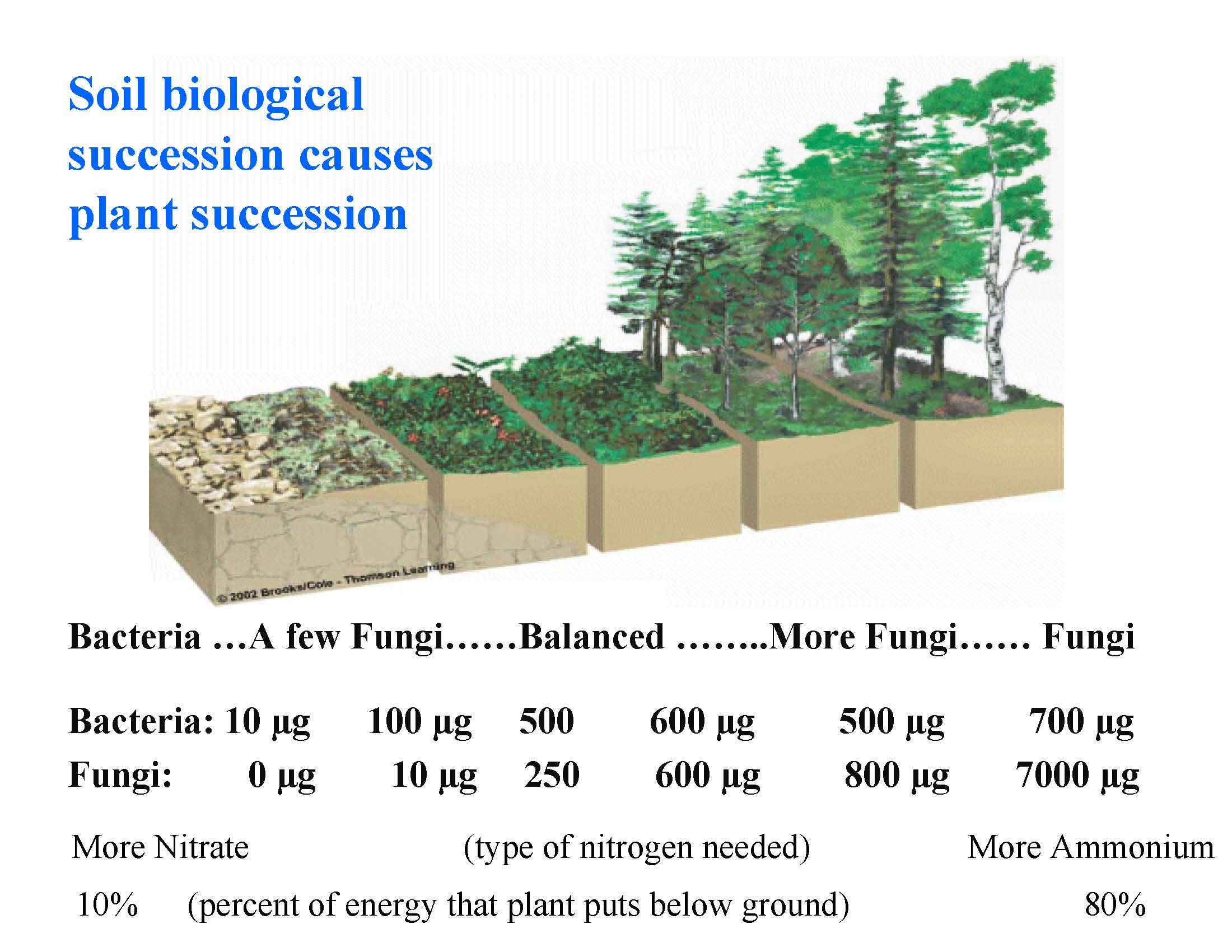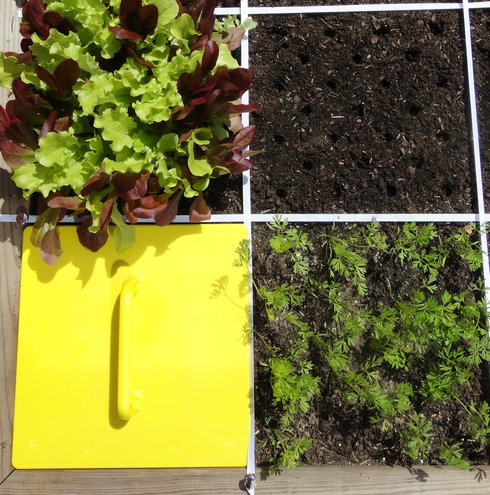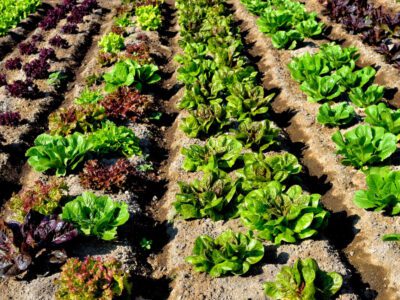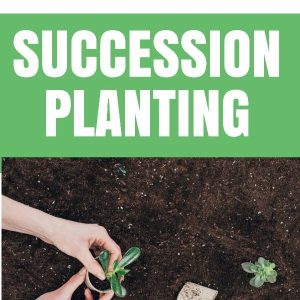A Comprehensive Guide For Succession Planting in The Garden
In the world of gardening, one practice that can significantly boost your garden’s productivity and keep it flourishing throughout the growing season is Succession Planting. This strategy allows you to plant different crops in the same space one after the other, ensuring a continuous harvest and optimal land use. Today, we will delve into the ins and outs of this gardening technique to help you maximize your garden’s potential.
Understanding Succession Planting

Succession planting is the art of planning and planting your crops in a way that ensures a steady supply of fresh produce. It’s all about timing and taking full advantage of your garden’s growing seasons. Here’s how it works:
- Initial Planting: The process begins with your initial planting. You start by planting a particular crop, typically your favorite or the one that thrives best in your region. This marks the beginning of your gardening journey for the season.
- Harvest and Removal: Once your first crop is ready to harvest, you gather the fruits of your labor. Afterward, you remove the remaining plants, making space for the next round of planting.
- Subsequent Planting: With your garden beds freed up, you plant a different crop that can thrive during the current growing season. The key is to choose a crop with a shorter maturity period or one that tolerates the current weather conditions.
- Repeat as Necessary: Continue this cycle throughout the growing season, ensuring that as one crop is harvested, another takes its place. This sequence can be repeated several times in a season, providing you with a steady stream of fresh produce.
Advantages of Succession Planting

Now that you have a grasp of what succession planting entails, let’s explore its numerous advantages:
1. Extended Harvest Period
Succession planting allows you to enjoy a more extended harvest period. Instead of having one massive harvest followed by months of nothing, you can consistently pick fresh vegetables and fruits throughout the growing season. This ensures a more varied and abundant supply of produce.
2. Maximizes Space Utilization
With this method, you can make the most out of your garden space. Rather than letting areas go fallow after the initial crop, you’re constantly using the land. This not only increases your yield but also reduces the chances of weed infestations.
3. Risk Mitigation
Planting the same crop in one go can be risky. If a particular pest or disease targets that crop, you could lose your entire harvest. Succession planting allows you to diversify your garden, reducing the risk of a complete crop failure.
4. Optimal Crop Rotation
Crop rotation is essential for maintaining soil health. Succession planting naturally incorporates this practice as you change the crops in each bed with every new planting. This helps to prevent soil depletion and nutrient imbalances.
5. Better Climate Adaptation
Different crops have different temperature and climate requirements. Succession planting enables you to adjust your garden’s contents based on the evolving weather conditions. You can grow cool-season crops early in the year and transition to heat-loving plants later on.
How to Implement Succession Planting

To get started with succession planting in your garden, follow these essential steps:
1. Create a Planting Calendar
Begin by creating a planting calendar that outlines the growing seasons in your region. Identify the average last and first frost dates, as well as the ideal planting windows for various crops.
2. Select Compatible Crops
Choose crops that are compatible with the current growing conditions. For instance, if you’ve just harvested your early spring lettuce, consider planting beans or cucumbers for the summer.
3. Plan Your Succession
Determine when you’ll start your initial planting and when you expect to harvest it. Then, plan your subsequent plantings accordingly to ensure a seamless transition.
4. Monitor and Maintain
Regularly monitor your garden, noting the progress of your crops. As one crop nears maturity, prepare the soil and set the stage for the next planting.
5. Keep Records
Maintain detailed records of what you plant and when. This information will be invaluable in the following seasons, helping you refine your succession planting strategy.
By following these steps, you can harness the power of succession planting and optimize your garden’s output.
Frequently Asked Questions (FAQ)

Q1. Can I use succession planting in a small garden?
Absolutely! Succession planting can be tailored to suit gardens of all sizes. Even in a small space, you can make the most of your garden by planting strategically and ensuring a continuous harvest.
Q2. Do I need any specialized tools or equipment for succession planting?
No, you don’t need any specialized equipment. Succession planting is all about planning and timing. Basic gardening tools and knowledge of your region’s growing seasons are sufficient.
Q3. What are some popular crops for succession planting?
Popular crops for succession planting include lettuce, radishes, beans, and various herbs. These crops have relatively short growing seasons and can be planted successively for a continuous harvest.
Q4. How do I know when it’s time to start the next planting in my succession plan?
The timing of subsequent plantings depends on the maturity period of the specific crop and the weather conditions in your region. Refer to your planting calendar and local gardening resources for guidance.
Q5. Can I combine succession planting with companion planting for better results?
Certainly! Combining succession planting with companion planting can help maximize your garden’s yield and minimize pest problems. Research which plants complement each other and plan your garden accordingly.
tag
- chicken feed
- how to Keep Chickens Off Your Porch
- How to grow oyster mushrooms at home
- Growing Kale in Pots

No Responses